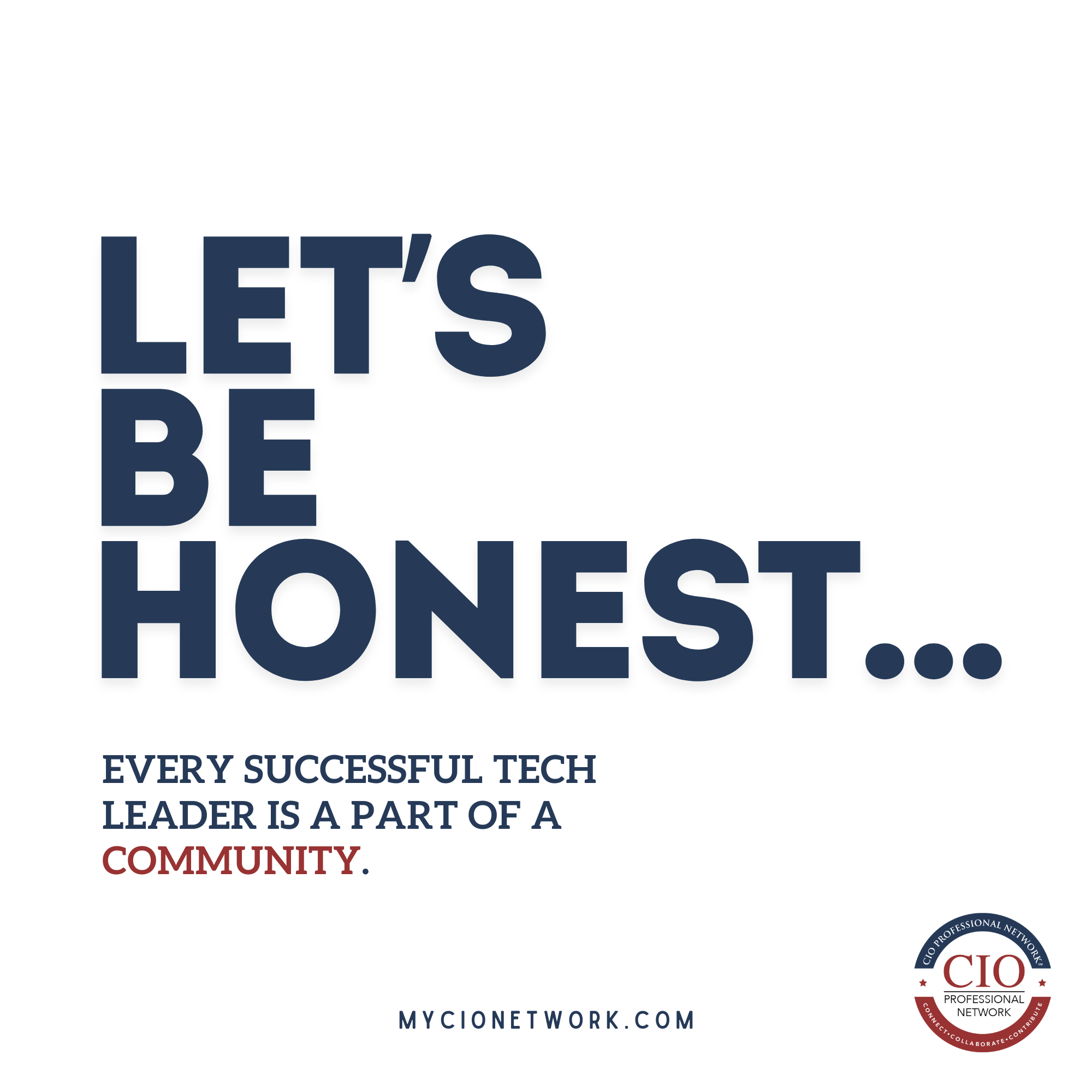When the world shifted to remote and hybrid work in 2020, many leaders saw it as a revolution in flexibility. Yet, five years later, the hybrid work model remains fraught with unresolved issues, ranging from weakened collaboration and social isolation to deteriorating organizational culture and misguided promotion practices.
Despite high hopes, many companies are now wrestling with the realization that hybrid arrangements, while popular, often underdeliver on performance, connectivity, and commitment.
The Hidden Performance Pitfalls of Remote Work
Research increasingly supports the assertion that hybrid and remote models dampen overall performance. Software engineers, IT professionals, and data entry workers, among others, have seen collaboration and idea quality suffer in virtual environments.
New hires, in particular, are at a disadvantage.
Without proximity to mentors or the ability to observe and model workplace behaviors, many flounder silently. Veteran colleagues, unaware of their struggles, often fail to offer needed support.
Further complicating matters is the KPI-centric mentality that remote work fosters.
With less organic interaction, employees prioritize their own metrics over team goals, responding to requests only after personal tasks are completed. This lack of spontaneous collaboration is a cultural breaking point.
Meetings and Promotions: The Quality Deficit
Virtual meetings, once a solution, have become a problem in themselves.
They are more frequent and often less productive, bloated with attendees due to low participation barriers. Distraction is rampant, leading to “post-meeting meetings” that sap time and energy.
Moreover, promotion practices are shifting toward individual output as a primary metric. This trend risks putting high performers with limited interpersonal skills into leadership roles, an approach that research shows leads to lower team performance.
Without real-time observation, the ability to evaluate collaboration, empathy, and leadership potential diminishes.
Culture and Commitment in Crisis
Organizational culture, once passed on through everyday interactions, is fragmenting. Employees hired before and after the pandemic often operate under divergent norms, sowing confusion and diminishing unity. This divide weakens commitment and engagement, an already eroding pillar of modern work life.
Hybrid setups, by limiting personal connections, exacerbate these trends.
Adding to the challenge is increasing social isolation. Without daily face-to-face interactions, work friendships are rare, and communication networks stagnate.
These effects ripple across performance and morale, especially in cross-functional collaboration.
Why Hybrid Isn’t the Middle Ground We Hoped For
Hybrid work, meant to be a balanced solution, often fails in practice. Office downsizing, hot-desking, and inconsistent attendance make it hard to coordinate “anchor days” or recreate community. Managers, given discretion over in-office mandates, face pushback and inconsistent compliance.
Data confirms the problem: Most companies report difficulties enforcing hybrid attendance.
With inconsistent in-person presence and decentralized policies, hybrid work often reproduces the isolation and fragmentation of fully remote setups, without the cost savings or predictability.
A Path Forward: Practical Solutions for Hybrid Leaders
For leaders unable to fully return to the office, there are concrete steps to address hybrid work’s shortcomings:
1. Measure and Diagnose: Use IT systems to track meeting overload, response times on collaboration tools, and digital availability. This data can highlight systemic breakdowns in communication and productivity.
2. Create and Enforce Clear Rules: Mandate camera use in meetings. Set standards for response times. Define urgent requests. These rules signal what matters and build accountability. Atlassian and GitLab exemplify the benefits of codified expectations in remote setups.
3. Rethink Performance and Advancement: Incorporate collaboration and mentoring into KPIs. Use 360-degree feedback to evaluate leadership potential. Promote transparency through detailed documentation of expectations and performance to counteract proximity bias.
4. Make Anchor Days Count: Designate mandatory in-office days for entire teams or functions. Stagger anchor days if space is limited but enforce attendance. The goal is to rebuild routine interaction and shared culture.
5. Prioritize Connection and Culture Building: Reengineer onboarding for cohort-based bonding. Map inter-team relationships and facilitate structured interactions. Encourage shared projects, volunteering, and cross-functional lunches to foster informal ties.
The Wrap
Hybrid work, as currently practiced, isn’t delivering on its promise.
While remote flexibility is here to stay for many, it demands a fundamental redesign of management, communication, and culture-building practices. CIOs and business leaders must lead this transformation by crafting new systems that rebuild what’s been lost.
The choice is clear: either redesign hybrid work from the ground up or prepare for a gradual return to more centralized models.
For those without the luxury of full reintegration, the hybrid model must be treated not as a compromise, but as a unique paradigm, requiring equally unique and rigorous management practices.
Go Deeper -> Hybrid Still Isn’t Working – Harvard Business Review






